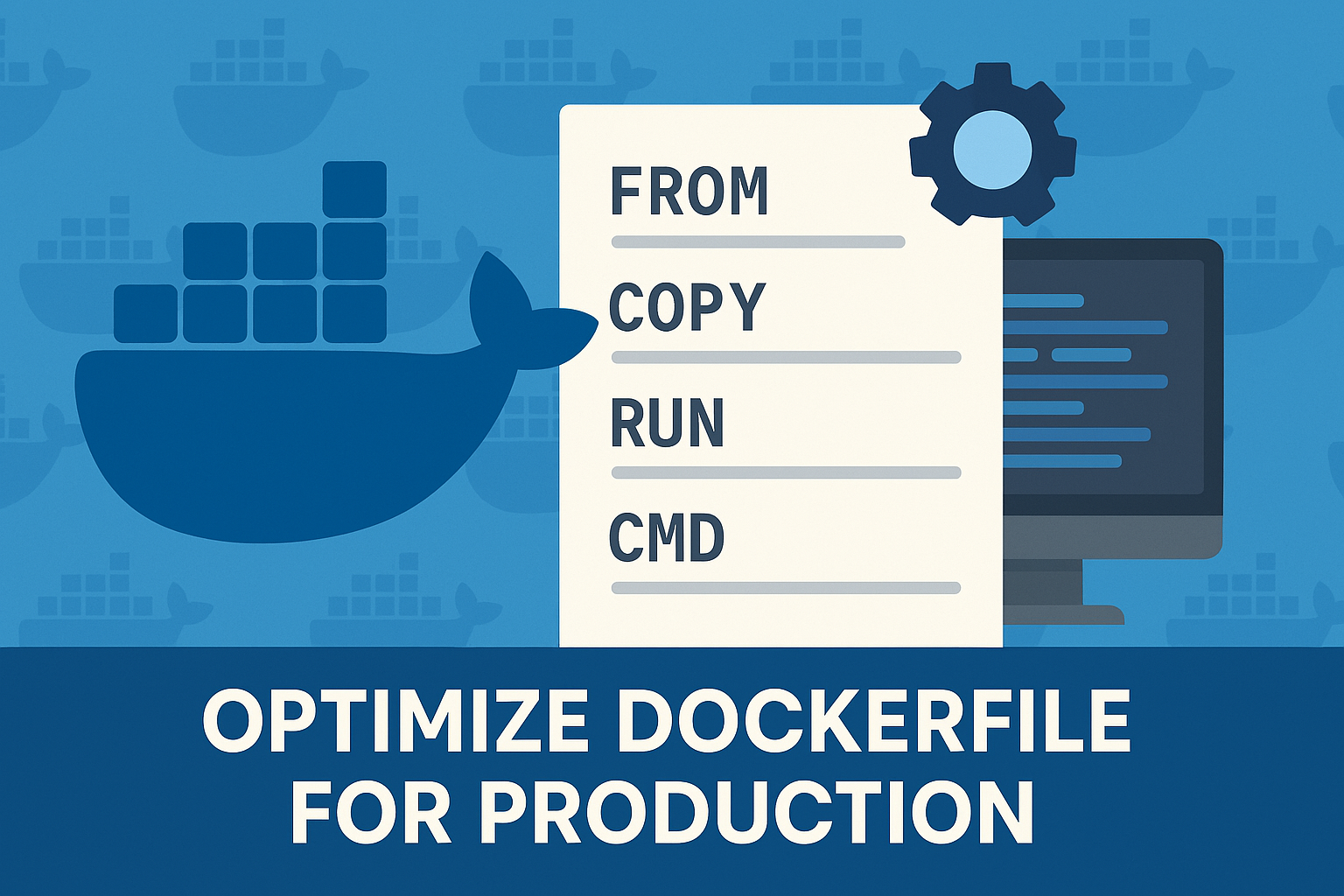Docker-compose is a valuable tool that lets users define and run multi-container Docker applications. Rather than using individual commands for each container, you can define your multi-container environment in a single `docker-compose.yml` file, and then bring up the entire application stack with a single command (docker-compose up).
In this article, we’ll walk through the steps to install docker-compose on various platforms.
Prerequisites
- Ensure that Docker is already installed on your machine.
- A user with sudo or root privileges.
Installation on Linux
1. Download the Docker Compose binary
Use the curl tool to download the latest version of Docker Compose. As of the time of writing this article, you can get the current version (2.22.0) from GitHub using the following command:
sudo curl -L "https://github.com/docker/compose/releases/download/v2.22.0/docker-compose-$(uname -s)-$(uname -m)" -o /usr/local/bin/docker-compose
Make sure to check the Docker Compose GitHub release page to find the latest version.
2. Apply executable permissions
After downloading, you need to apply executable permissions to the binary:
sudo chmod +x /usr/local/bin/docker-compose
3. Test the installation
To ensure that Docker Compose is installed correctly:
docker-compose --version
This should return the version you installed.
Installation on Windows
Docker Compose is included with the Docker Desktop for Windows application, so if you’ve installed Docker for Windows, you already have Docker Compose!
1. Install Docker Desktop for Windows
Simply head to the Docker website and download the Docker Desktop application for Windows.
2. Verify the installation
Open a command prompt or PowerShell session and type:
docker-compose --version
This should show the installed version of Docker Compose.
Installation on macOS
Like Windows, Docker Compose is bundled with the Docker Desktop for Mac application.
1. Install Docker Desktop for macOS
Head to the Docker website and download Docker Desktop for macOS.
2. Verify the installation
Open a terminal window and type:
docker-compose --version
You should see the installed version of Docker Compose.
Alternative: Install using pip (Python Package Installer)
For platforms that support Python and pip, Docker Compose can be installed as a Python package:
1. Install pip (if not installed)
For many systems, you can use the package manager to install pip. For instance, on Debian-based systems:
sudo apt-get install python3-pip
2. Install docker-compose
Once pip is installed:
pip3 install docker-compose
3. Verify the installation
Check the version:
docker-compose --version
Conclusion
Docker Compose simplifies the process of managing multi-container Docker applications. With it installed, you can start building powerful, orchestrated applications defined in single, easy-to-read YAML files. As Docker and the surrounding ecosystem continue to evolve, it’s always a good idea to periodically check the official documentation for the latest installation guidelines and best practices.

